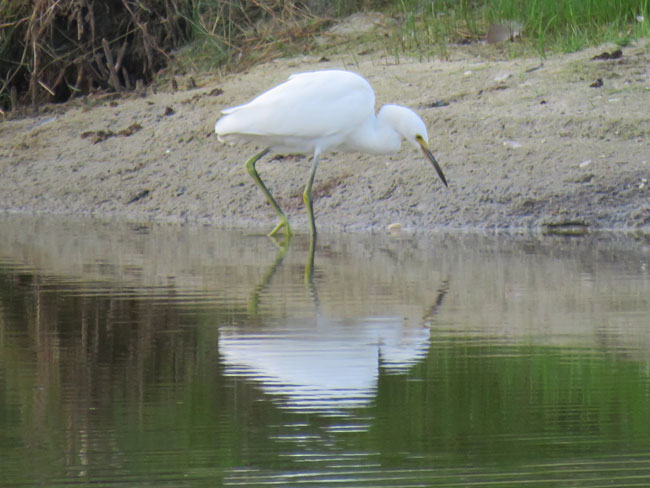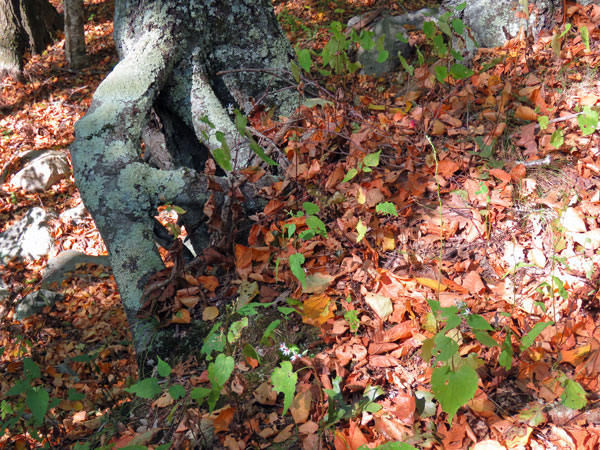
We are in a moderate drought and it is evident at the pond. Normally those rocks are covered or almost covered with water. On this sultry early morning all the waterbirds were hanging out on the opposite side of the pond but I did my best with the zoom lens to get a few pictures. Some snowy egrets were here before in 2016 during another drought. The greater yellowlegs I’ve never seen here before, but had seen one on Cape Cod in 2015.




I’m grateful to the folks in the What’s this Bird? Facebook group for helping me to distinguish between the greater and lesser yellowlegs. A new life bird for me without realizing it at first!

Lesser Yellowlegs Tringa flavipes: Uncommon to fairly common migrant in coastal wetlands and inland ponds, lakes, rain pools, and marshes.
~ Frank Gallo
(Birding in Connecticut)
The Lesser Yellowlegs is a dainty and alert “marshpiper” that occurs in shallow, weedy wetlands and flooded fields across North America during migration. It’s smaller with a shorter, more needlelike bill than the Greater Yellowlegs, but otherwise looks very similar. It breeds in the meadows and open woodlands of boreal Canada. Like many other shorebirds, the Lesser Yellowlegs rebounded from hunting in the early 20th century but has declined again from losses of wetland habitats. It is on the Yellow Watch List for species with declining populations.
~ All About Birds webpage
Also, the swamp rose mallows are starting to bloom! Another summer wildflower I look forward to seeing every August.



I was so focused on those birds that I almost missed the flowers, which were on my side of the pond. But I’m glad I finally noticed them because seeing all that lovely pinkness made my day.












































































































